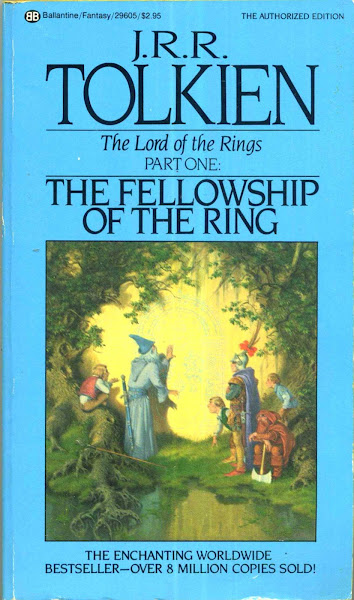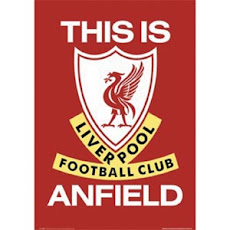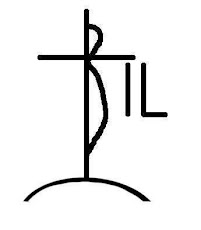(This appears in my column in the Monday, April 21, 2008 edition of Business Mirror.)
The Flights of Infancy
As a young boy, Noli Eala was left to fend for himself. Many of his ideas are products of his childhood when he’d create his own games. A shopping bag was a makeshift hoop with a monopoly board as the backboard. Rulers and pencils served as ramps for motorcycles where his matchboxes were micro versions of Evel Knievel.
And when he wasn’t good enough to make the varsity basketball teams he made sure that he wasn’t on the outside looking in. He’d daydream sure; after all sports does give one visions of glory. He always wanted to be a part of the game yet he never let his frustrations get the better of him. So he always found a way to be a part of the game.
He looks better now. Aside from his sports promotions company, he’s found the time to work out. He talks about a newfound adherence to health and staying fit. His tenure as commissioner of the Philippine basketball Association didn’t end the way he wanted it to but he’s shrugged it off and is back on his feet.
Why not? He’s still in the game.
The Starbucks along Emerald Avenue in Ortigas Center is bustling with a late afternoon crowd seeking relief from the oppressive summer heat. And frappuccinos are the order of the day. We’re seated outside in the smoking area but incredibly no one is smoking. Some are wiping the beads of sweat trickling down their face and necks. It’s the heat, you know. Eala has some tea and is wearing a black golf shirt while exuding calmness that curbs his excitement about his baby.
But after a few minutes, he’s worked himself up talking about Liga Pilipinas – his baby – and it’s like the dam broke. “Passion and pride,” is his cheerful explanation and he takes a sip from his drink. Then he waxes long and eloquent about basketball and life. Yet his sunny disposition belies his concern for the once more chaotic national basketball leadership that never seemed to get a firm grip on the ball a the dispossessed constantly seek a return to power.
The Rebirth of Cool
Liga Pilipinas is a bold new-jack version of the defunct Metropolitan Basketball Association. In its brief heyday, the MBA gave the PBA a run for its money. It discovered many a player who eventually became stars in the country’s premier hoops league. And the people felt a part of the league as they had a team to call their own.
“From a basketball perspective, the MBA carried with it a localized style of basketball,” marvels Eala. “It wasn’t scientific. It wasn’t textbook. Maybe it wasn’t polished but the rawness of it was very Filipino. The alahoy shot and the pektus lived and breathed there.” Like the National Basketball Association, there was a feeling of community ownership to the region-based teams.
Liga Pilipinas is an improved version with a lot of modifications and innovations. Eala and Head of Business Development Joey Bautista feel that there is still room in an already crowded basketball republic. “There’s always room for growth,” says Bautista. “Liga Pilipinas is a community-based basketball league.”
Mother of Invention
To date there are 16 teams that will comprise the league – eight in the south and eight in the north with some of the teams already having been named. There are the Zamboanga Latinos (because it is said to be the only Asian Latin city), the Iloilo Warriors, the Cebu Ninos, the Baguio Centennials, and tentatively, the Negros Muscovados. The remaining teams are in the process of having their monikers approved in time for the May 2008 launch.
The tournament will tap into the existing officiating structure while at once develop its own stable of umpires. And once in awhile, there will be foreign officials working side-by-side with the local zebras who will be strictly following FIBA rules rather than hybrid ones. “The league is all about opportunities and inviting foreign referees will greatly help in the transfer of technology,” said the Commissioner who also divulged that the PBA’s former head of officiating, Perry Mariano, was now on board as well.
They’ll be playing in a home and away format that will be economical and incentive-based for all the teams. Teams will be accruing points similar to the Association of Tennis Professionals (ATP) that will greatly tell on the national championship picture as well as other incentives. “It has to be a win-win situation for the teams, the fans, the owners, and our partners – the sponsors,” says a pleased commissioner who admits that the idea for the league was something he was supposed to present to the PBA Board of Governors but never got to do. “It’s a fresh start for all and at once a vibrant opportunity.”
Even the way the league is managed is done in such a way to veer away from the bureaucracy that binds many organizations. There are two bodies that govern the league – one for policy making and one for operations that implements what the think-tank comes up with. “The game is traditional, but the thinking behind it is new for the times,” chimes in Bautista who likes the excitement and initial reception the league has been getting.
All the games will be shown over the internet on www.ligapilipinas.net as well as a television partner that the league is still working out.
Jump Ball
“The MBA, the National Basketball Conference, and the Mindanao-Visayas Basketball Association, and to a certain degree, the PBA, have proven that there is a market in the provinces. It is doable and financially and economically viable. Part of the task there is finding the right and skilled people to make it all happen,” added Eala.
It’s an ambitious undertaking where as many as four games will be played in one day in 350 different venues in 16 communities. Unlike the MBA which immediately pried away some of the PBA’s stars and emerging collegiate players, Liga Pilipinas hopes to tap into a rich hotbed of undiscovered talent. “It’s an alternative opportunity for players and localities – and there are so much more out there -- to shine,” emphasizes Rico Meneses, the league’s Head of Marketing. “I guess you’ve noticed that’s what we constantly talk about – opportunities.”
Noli Eala nods his head in agreement. He knows it’s a tough job in a market oversaturated with basketball. Yet it’s his unwavering belief that regional basketball is largely untapped that’s why he’s into this. “With a league as big as this, there will always be issues of control and security which we assure are top of the list for us. That will always be a primordial policy for us that our games are clean and fair. It’s important to keep the integrity of the game intact. But like all other leagues we will always be vulnerable to external forces. So what we can do is to be very vigilant. And we’re confident about the outcome because it’s all about playing for pride and passion."








No comments:
Post a Comment